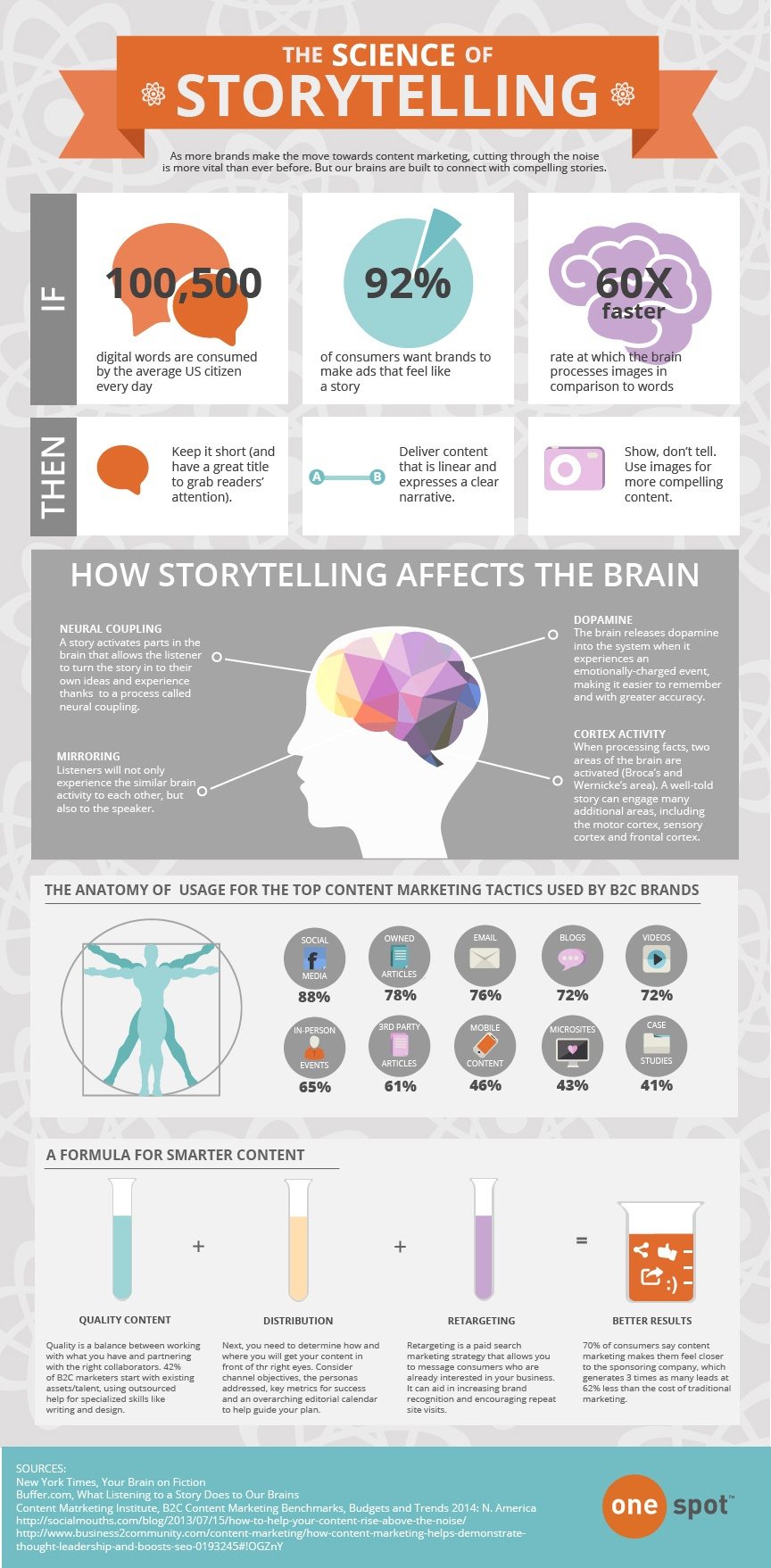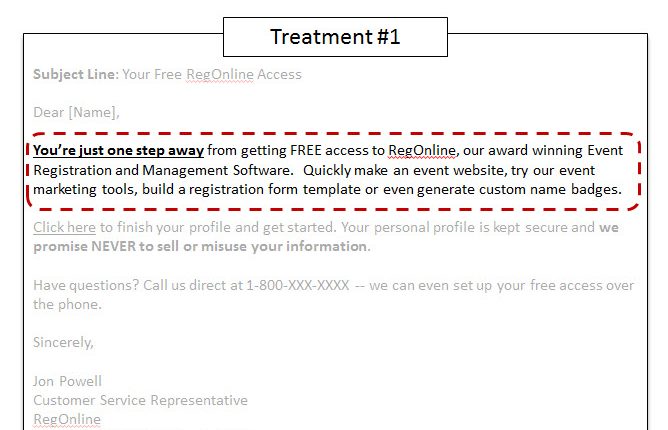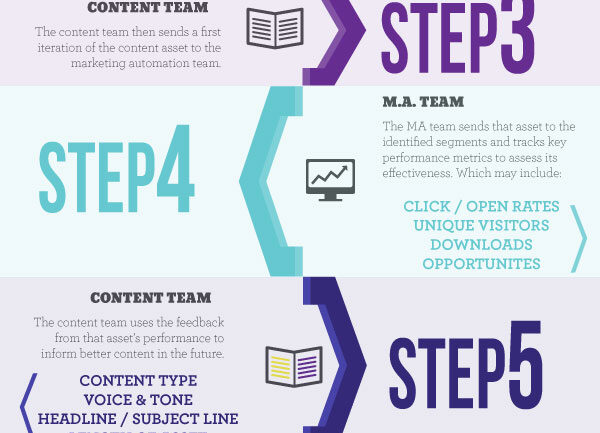Introduction
Branding is not just about creating a recognizable logo or catchy tagline; it goes much deeper than that. The psychology of branding explores the emotional connection between a brand and its audience. Understanding the psychological aspects of branding can help businesses build a strong and lasting relationship with their customers.
1. Understanding the Power of Branding
In today’s competitive marketplace, brand recognition plays a crucial role in the success of any business. It goes beyond mere logo design or catchy taglines; branding involves connecting with your audience on an emotional level. By understanding the psychology behind branding, companies can create a strong bond with their customers and foster long-term loyalty.
2. Establishing a Brand Identity
The first step in connecting emotionally with your audience is to establish a clear brand identity. This includes defining your brand’s values, mission, and personality. By knowing who you are as a brand, you can effectively communicate your message and connect with your target audience.
2.1 Defining Your Brand Values
Your brand values are the guiding principles that shape your company’s actions and decisions. Whether it’s sustainability, innovation, or customer-centricity, clearly defining your values helps you connect with like-minded individuals who share the same beliefs.
2.2 Crafting Your Brand Mission
A brand mission statement outlines your purpose as a company and what you aim to achieve. It should be concise, inspiring, and resonate with your target audience. A strong mission statement helps connect emotionally with your audience by showcasing your brand’s commitment to making a difference.
2.3 Developing Your Brand Personality
Just like individuals, brands can have personalities. Are you playful and adventurous or serious and sophisticated? Defining your brand personality helps you create a consistent tone of voice and visual identity that resonates with your audience’s emotions.
3. Building Emotional Connections with Your Audience
Once you have established your brand identity, it’s time to connect emotionally with your audience. Here are some strategies to help you create a strong bond:
3.1 Telling Authentic Stories
People love stories, and they connect with brands that share authentic narratives. Use storytelling to convey your brand’s values, showcase real-life experiences, and evoke emotions. Authenticity builds trust and helps your audience relate to your brand on a deeper level.
3.2 Evoking Emotions through Design
The colors, fonts, and visual elements you choose for your brand can evoke specific emotions. For example, warm colors like red and yellow can create a sense of excitement, while cool colors like blue and green can evoke feelings of calmness and trust. Design your brand assets in a way that resonates with your audience’s emotions.
3.3 Engaging with Your Audience
Building a community around your brand allows you to engage with your audience and create meaningful connections. Encourage interactions through social media platforms, respond to comments and messages, and create personalized experiences for your customers. By engaging with your audience, you show that you value their opinions and are committed to building a relationship.
4. The Power of Brand Loyalty
When you connect emotionally with your audience, you build brand loyalty. Customers who feel a strong emotional Best SEO in L.A. connection to a brand are more likely to become repeat buyers and advocates. They trust your brand, believe in your values, and are more likely to recommend you to others. Brand loyalty not only drives sales but also helps create a community of brand advocates who can amplify your message.
5. Adapting to Changing Audience Needs
Understanding the psychology of branding also entails staying attuned to your audience’s evolving needs and preferences. As society changes, so do the emotions and values that resonate with your target audience. Continuously monitor and adapt your branding strategies to” “The Psychology of Branding: Connecting Emotionally with Your Audience
Summary

Emotion plays a significant role in consumer behavior and purchase decisions. When a brand successfully taps into the emotions of its target audience, it creates a powerful connection that goes beyond rational considerations. Through effective branding strategies, companies ca her latest blog n evoke specific emotions and associations that resonate with their audience, ultimately influencing their purchasing decisions and brand loyalty.

Hello, I’m Aiden Hibbins, a passionate and experienced Content Strategist specializing in Social Media Marketing, Web Design and Development, and SEO Optimization. With a deep understanding of the digital landscape, I strive to help businesses and individuals create compelling and effective online content strategies.




